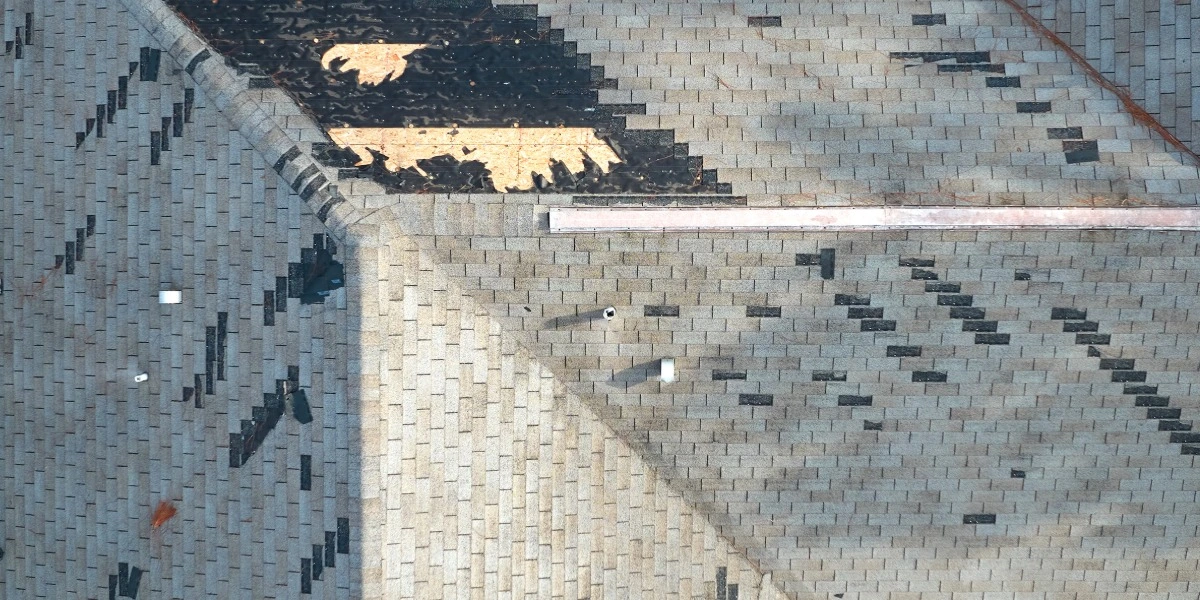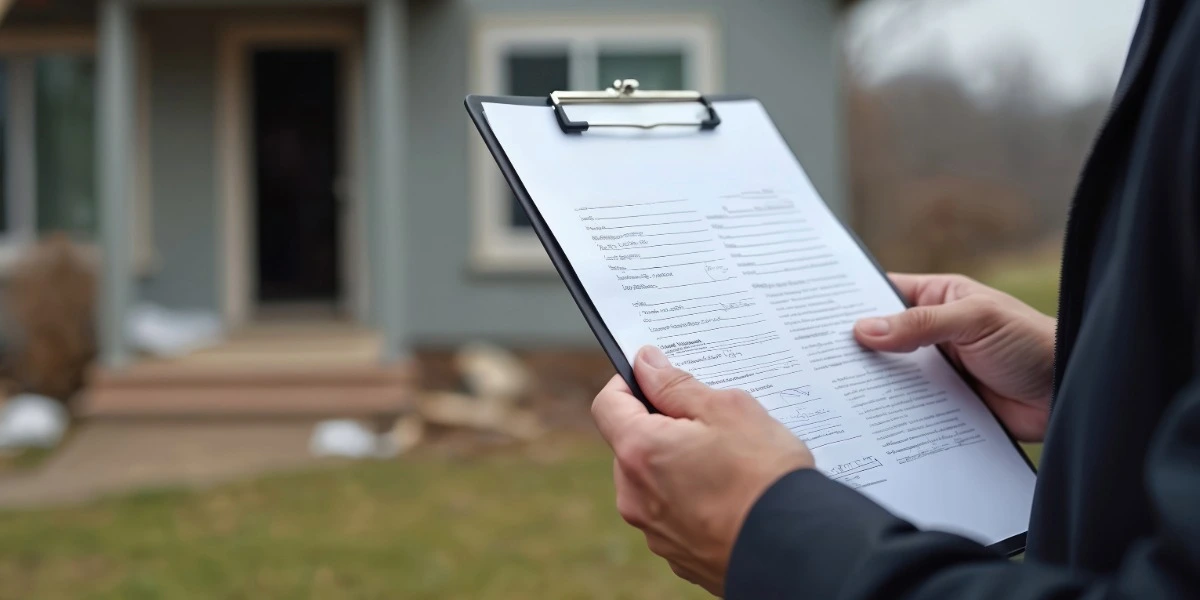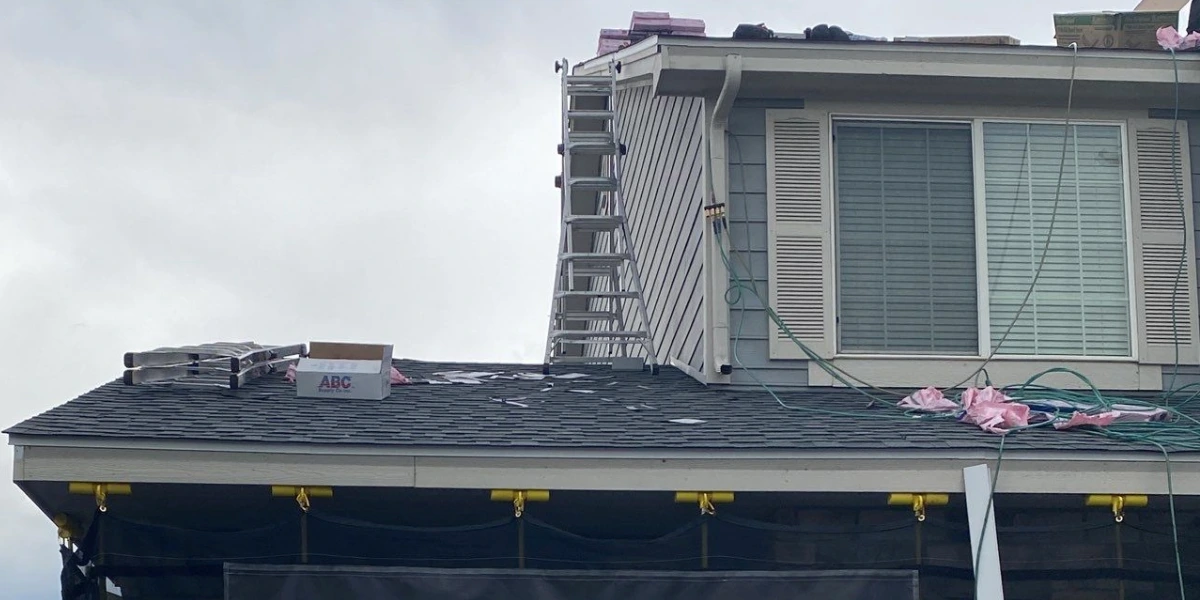In Colorado, homeowners often find themselves replacing roof shingles well before the 20- to 30-year lifespan promised by manufacturers. Red Diamond Roofing finds that storm damage—not natural aging—is the leading cause of early shingle replacement, with harsh weather playing a much bigger role than expected.
The Composition Of Asphalt Shingles
Asphalt shingles begin as a fiberglass mat. The mats are coated with asphalt and topped with ceramic granules. This multi-layer construction offers weather resistance and durability for residential roofs. The fiberglass mat is the foundation, while the asphalt coating forms a waterproof barrier against moisture.
The ceramic granules on the surface protect the underlying asphalt from UV rays and provide fire resistance. These granules enhance the shingles’ visual appeal while helping reflect heat away from the surface. Understanding this composition helps homeowners recognize when storm damage compromises any of these essential protective layers.
The Primary Types Of Asphalt Shingles
Three-tab shingles are the most basic and affordable option, featuring a flat appearance with uniform cutouts. These lightweight shingles typically come with 15-20 year warranties but are more vulnerable to wind and hail damage. Their straightforward design makes them popular for budget-conscious homeowners seeking basic weather protection.
Architectural shingles, with their layered design, provide improved durability and visual appeal. These heavier shingles resist wind uplift better than three-tab varieties and typically carry 25-30-year warranties. Premium options, including luxury designs, imitate slate, wood, or tile while being more affordable and easier to install.
When Do I Need To Replace My Shingles?
Several warning signs indicate the need for shingle replacement, with storm damage being the most common trigger. Missing, cracked, or curling shingles expose your roof to water infiltration and further deterioration. Granule loss, often visible after storms, compromises the shingle’s protective capabilities and signals the need for replacement.
Interior water stains, visible daylight through roof boards, and sagging roof sections indicate serious structural issues requiring immediate attention. These problems often develop when damaged shingles fail to provide adequate protection. Regular post-storm inspections help identify these issues before they result in extensive interior damage.
Manufacturer Recommendations For Shingle Replacement
Shingle manufacturers typically recommend replacement based on age, suggesting a lifespan of 20-30 years for standard architectural shingles. These estimates don’t always reflect real-world conditions. Warranty periods usually reflect ideal scenarios, not poor installation or the harsh weather many roofs actually sustain.
However, these timeframes seldom account for regional weather patterns, especially in areas prone to severe storms. Manufacturers base their recommendations on controlled testing environments that do not reflect the cumulative effects of multiple hailstorms, high winds, and extreme temperature changes. Most warranty coverage also excludes damage from severe weather events.
Real-World, Practical Considerations For Shingle Replacement
Colorado’s harsh weather conditions make manufacturer roof lifespan estimates unrealistic. Hailstorms, high winds, and rapid temperature changes cause wear and tear on shingles, leading to earlier replacements than expected. Most roofs in Colorado require replacement every 10-15 years due to weather-related damage rather than everyday wear.
Insurance claims account for most shingle replacements, with storm damage as the main reason for roof replacements. Homeowners should prioritize inspections after storms to identify damage early and prevent secondary issues like water infiltration. A roofing professional can help you decide whether roof repairs or a full replacement will save you more in the long run.
How Often Should Shingles Be Replaced?
The frequency of shingle replacement depends significantly on where you live and your local weather. In storm-prone areas like Colorado, replacement every 10-15 years is standard due to hail and wind damage. Coastal regions may experience similar frequencies because of hurricane activity and salty air.
Roofs in areas with milder climates may have lifespans that reach the manufacturer’s suggested 20-30 years. However, even in these regions, severe weather events can make roof replacement necessary, regardless of shingle age. Regular inspections and prompt storm damage repairs help maximize your roof’s lifespan between major replacements.
The Process Of Installing New Roof Shingles
Successful shingle installation starts with removing all old materials down to the roof decking. This crucial step allows contractors to check the underlying structure for damage and ensure the surface is suitable for new shingles. Any damaged decking must be replaced before installing new shingles safely and effectively.
Roof installation includes underlayment, drip edge, flashing, and new shingles, and it must adhere to the manufacturer’s guidelines. Proper ventilation prevents moisture buildup and extends the shingles’ lifespan. The quality of the installation significantly affects the roof’s performance and durability, which is why choosing the right contractor is essential.
Choosing The Right Roofing Contractor
For Denver and Fort Collins homeowners, hiring an experienced roofing contractor ensures proper installation and maximizes your investment. Red Diamond Roofing specializes in storm damage restoration and collaborates with insurance companies to streamline claims. Our expertise helps homeowners efficiently navigate the replacement process and achieve the best outcome for their roofing investment. Contact us today to learn more.







